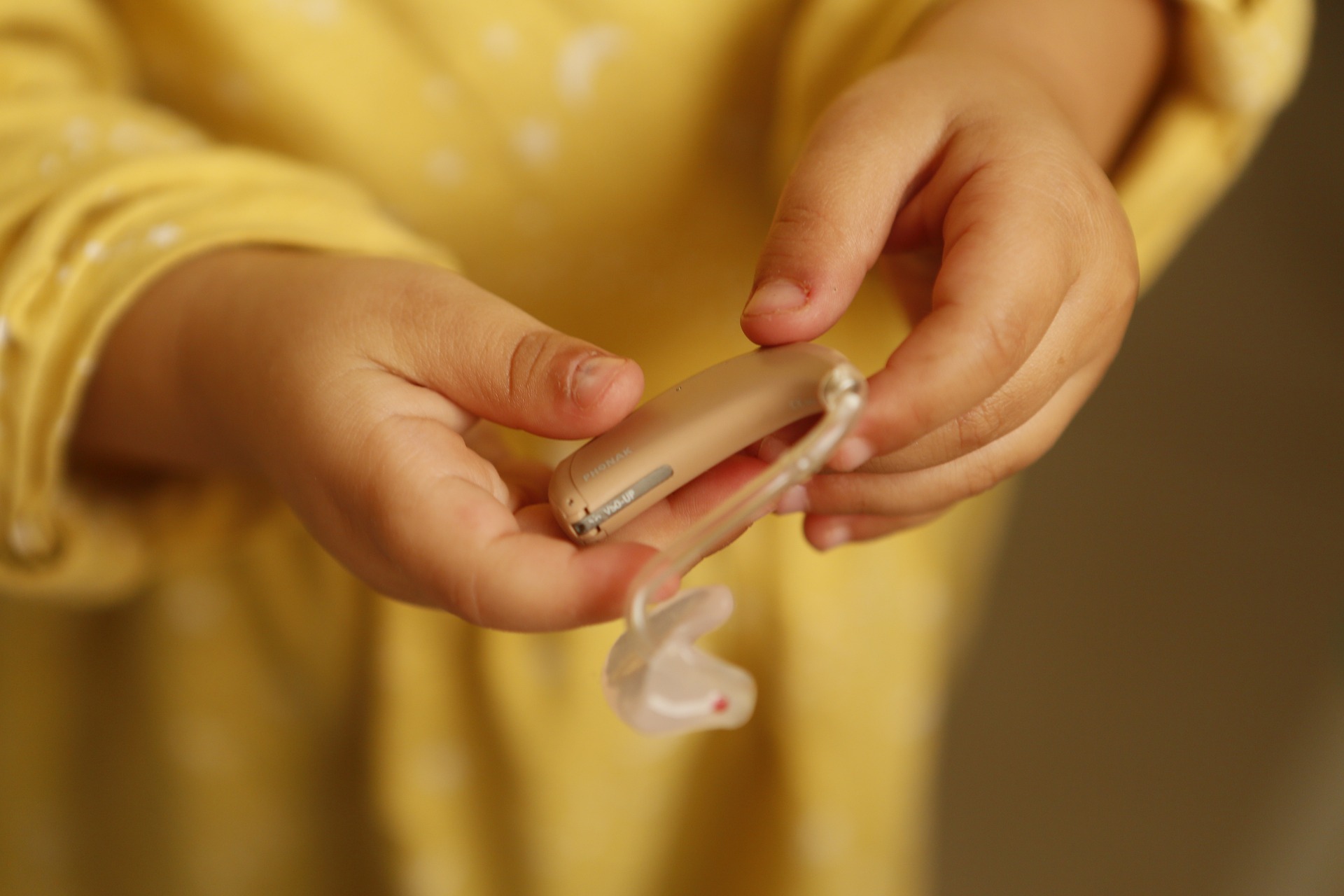Health & Fitness
Hearing Aids – What You Need to Know

Hearing aids are small electronic devices designed to amplify sounds. Used properly, hearing aids can assist in speech comprehension in noisy environments as well as mask tinnitus symptoms.
Hearing tests are the key component in getting a prescription for hearing aids. Both private insurance plans and some Medicare Advantage plans cover adult hearing aid costs.
Hearing Test
Your hearing test begins with a case history, during which questions about your lifestyle and family medical history will be asked in order to better understand your needs and find solutions that best suit them.
An audiogram test entails sitting in a soundproof room while wearing headphones while your audiologist plays tones at different pitches and volumes, recording your responses via audiograms to determine the softest sounds audible at each frequency tested. Babies often need behavioral hearing tests done instead, where their eyes or head movement indicates what they hear.
Evoked Otoacoustic Emissions and Tympanometry testing measures the movement of your eardrum and involuntary reflexes of the middle ear to sound, helping your audiologist detect blockages, excess fluid or damage to the inner ear. It’s often used in newborn hearing screening programs because this test uses a probe which directly delivers tones into your cochlea – bypassing outer and middle ears altogether.
Lifestyle Assessment
Lifestyle evaluation is an integral component of hearing treatment. Hearing care professionals can use lifestyle assessments to identify any unhealthy habits requiring attention such as diet, sleep patterns, exercise routines, stress levels and social connections that must be addressed through personalized lifestyle interventions and procedures.
This questionnaire was developed in collaboration with a multidisciplinary team of experts from different fields, such as medicine, sport sciences, health economics, psychology and innovative technologies applied to healthcare. This toolkit includes a simplified/rapid version to be easily integrated into varying levels of care pathways. Questionnaires were developed that addressed family routine and dynamics, the “2B’s and 2F’s” (breakfast, sugary beverages and fruits/vegetables), activity level and barriers to physical activity, sleep patterns and snoring as well as personal evaluation of current health status. Face validity of the questionnaire was verified through interviews with participants; through these interactions several themes surfaced that might act as barriers to receiving hearing care services.
Hearing Aids
Hearing aids amplify soft sounds to make speech easier to comprehend, as well as lessening stress on your brain – increasing overall health and well-being.
Cost-conscious shoppers can find more cost-effective hearing care solutions by turning to online retailers and clinics for affordable options. Be wary of low-cost models that do not represent true hearing aids but simply amplifies all sounds without providing specific programming for various forms of hearing loss.
Finding the appropriate hearing aid requires consulting a certified audiologist, who will perform an evaluation to pinpoint your type of hearing loss. Look for providers offering trial periods and transparent pricing including any hidden fees.
MDHearing offers all-inclusive pricing with licensed audiologists on staff to answer questions by phone or email, along with a 45-day money back guarantee. On the other hand, Audien’s cheaper model lacks features like audiologist support or remote adjustments – features that are common among digital hearing aids.
Bone Anchored Auditory Implants
Bone anchored hearing systems (cochlear implants) are surgically implanted devices used to treat various forms of hearing loss. These devices differ from traditional hearing aids by bypassing the middle ear and transmitting sound vibrations directly to the inner ear via bone conduction.
Bone-anchored hearing systems may be beneficial to those suffering from conductive hearing loss due to issues in their outer or middle ears, or single-sided deafness that cannot be effectively treated using regular hearing aids. An otolaryngologist or audiologist will help determine whether this type of device would work for them.
A BAHA system comprises two parts, which must be surgically implanted into your skull bone behind your ear and an external sound processor that clips onto it. A small incision in your skin allows for this procedure, with an abutment being surgically implanted into bone through which magnets connect external devices – it takes approximately four months before your skin and bone heal sufficiently for external devices to connect across it and then use your BAHA!
-

 Destinations4 days ago
Destinations4 days agoSave Money in London: Insider Tips for Budget Travellers
-

 USA News3 days ago
USA News3 days agoWhat Is The Current Us Elections Rating And Who Is Leading The Polls?
-

 Technology5 days ago
Technology5 days agoEnhancing Lead Management and Text Marketing with Launch Control’s All-in-One CRM
-

 Europe News3 days ago
Europe News3 days agoSee Rome on a Budget: History and Culture Without the Cost
-

 Travel3 days ago
Travel3 days agoHow to Make Friends in Southeast Asia Hostels: A Guide for Solo Travellers
-

 Climate Change3 days ago
Climate Change3 days agoCuba Faces Nationwide Power Grid Collapse Amidst Ongoing Crisis
-

 Travel3 days ago
Travel3 days agoSafe Travel in Mexico: Tips for a Hassle-Free Trip
-

 Destinations4 days ago
Destinations4 days agoArgentina Travel Guide: Tango, Wine, and Natural Wonders












